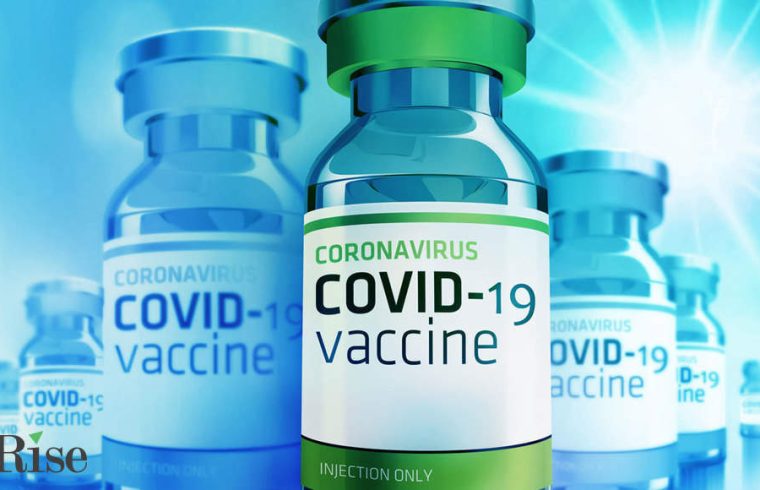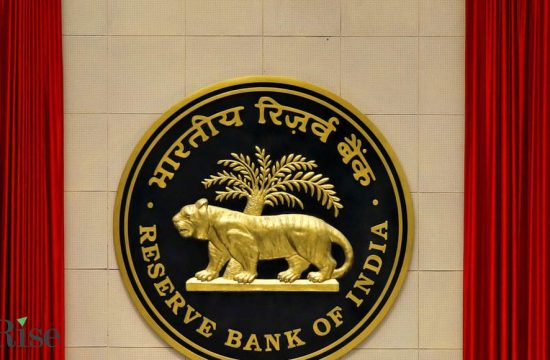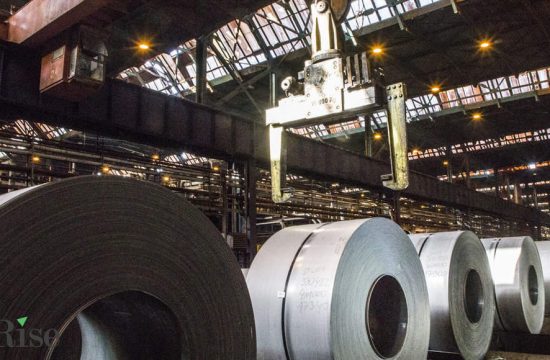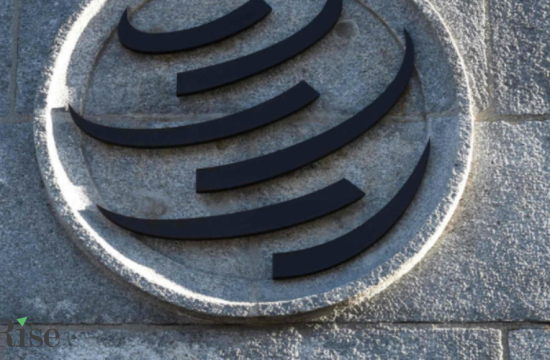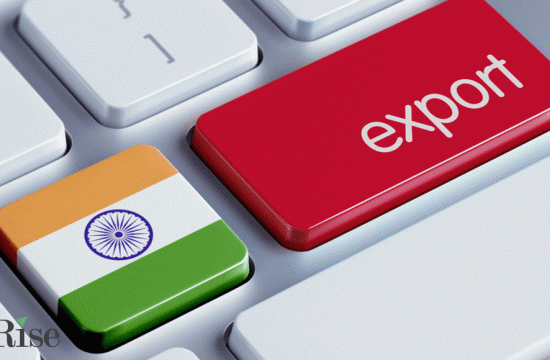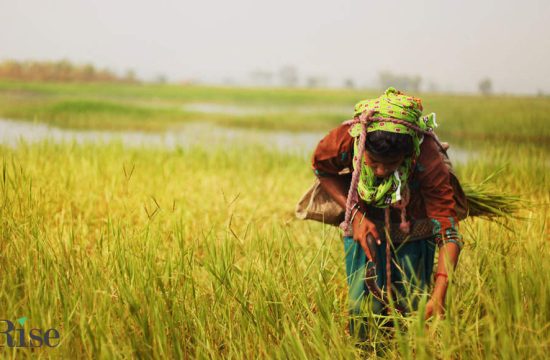
The COVID 19 vaccine rollout in India has crossed 1 million doses within 6 days of inception. India accounts for 60% of the world’s manufactured vaccine output and our global partners are looking up to us to steer them out of the crisis. How we handle the COVID19 vaccination project for 1.3 billion people in India will determine the pace of our economic rebound in the short run. How we make the COVID19 vaccine available to our global partners will determine our position as a global pharmaceuticals manufacturing hub and put our healthcare sector on the road to self-reliance in the long term. However, traversing the distance from the COVID19 vaccine now to achieving self-reliance next, will require a major supply chain transformation exercise. A collaborative COVID19 vaccine supply chain is a key to creating a system of shared economic incentives for Indian pharmaceutical manufacturers, logistics services providers, cold storage services providers, and government agencies to act as one. Technology integration can make India’s COVID19 vaccine supply chain more cost-efficient, predictable, faster, safer, and ensure horizontal equity in vaccine administration for the entire world.
Understanding the scope and scale of the COVID19 vaccine distribution challenge
India’s COVID19 vaccination drive is an unprecedented challenge in terms of scale, agility, and efficiency. It has to cater to 1. 3 billion people in India alone and also those belonging to our global partners. There is also an efficiency challenge. Unfortunately, 50% of the world’s manufactured vaccine output is wasted every year. 25% of the vaccine output degrades before reaching the destination. With the requirement of 2 doses of COVID19 vaccine per head and 400 million doses for India alone, it could well take up to 2024 before all people in the world are vaccinated.
The bullwhip effect of a vaccine supply chain based on the single bullet test
A legacy procurement framework for other vaccines like pulse polio is based on the single bullet test of inviting bids to determine the lowest costs. It focuses on optimizing one variable; costs. When every stakeholder focuses on optimizing its respective costs only, each one tries to pass through the costs to the next stakeholder in the supply chain; a classic example of a moral hazard. This, in turn, compels every stakeholder in the supply chain to charge as much as the traffic will bear and escalates the costs of vaccines at every stage while leaving other KPIs such as turnaround time, expected time of arrival, the cycle time of operations, and wastage unoptimized while depriving many people of a vaccine, especially in the emerging economies. A legacy supply chain based on a myopic single bullet test thus raises sharp questions on vaccine deprivation and entitlement failure. This is testified by the WHO data that till mid-January 49 high-income countries have received 39 million COVID19 vaccine doses and a particular low-income country has received only 25 doses.
Collaboration is the key to optimizing multiple KPIs of the vaccine supply chain
India’s COVID19 vaccine supply chain design has to be based on optimizing multiple objectives of cost, quality, and delivery. Collaboration among the stakeholders namely pharmaceuticals companies, logistics services providers, warehousing companies, and government agencies is the key to achieving this. The solution is to integrate the individual supply chain functions of every stakeholder into a gross objective function of ensuring COVID19 vaccine for a maximum number of people at minimum costs in the minimum possible time. To achieve this, we have to enroll all the stakeholders into a compact and connected supply chain platform to bring visibility to the order to delivery processes and track each stage of the supply chain journey.
Technology can drive a digital supply chain network and create a system of shared incentives
Manual and offline modes of collaboration impede visibility into the pass-through of costs and opportunities in the supply chain. In the offline world, all supply chain processes are fragmented and siloed. Asymmetries of information compel each stakeholder to act in ways that maximize its own payoff leading to a prisoner’s dilemma. On the other hand, a digital supply chain platform will enable more fluid information sharing and tracking through data analytics. It will enable greater visibility into the real-time status of KPIs and the supply chain journey of each COVID19 vaccine batch. The data repository will create avenues for the application of artificial intelligence and machine learning that will enable the identification of opportunities to reduce wastage and improve cost-efficiency at every level in the supply chain. With greater agility, there will be lesser wastage of the COVID19 vaccine and lesser loss of human lives because of faster scaling up of the order to delivery processes. This, in turn, will enable each local geography at the village/tehsil level to reach herd immunity faster and set the tone for a faster economic rebound.
COVID19 vaccination drive key to India’s self-reliance and global leadership in healthcare
The testing and validation of the analytics from the digital COVID19 supply chain platform will help the government to identify patterns and develop local geographies across India as potential pharmaceuticals supply chain clusters for realizing self-reliance in healthcare manufacturing and will ensure horizontal equity in COVID19 vaccination for our global partners. As the Mahatma has said, “ The world has enough for everyone’s need but not enough for everyone’s greed.â€
(The writer is the founder at Moglix)
